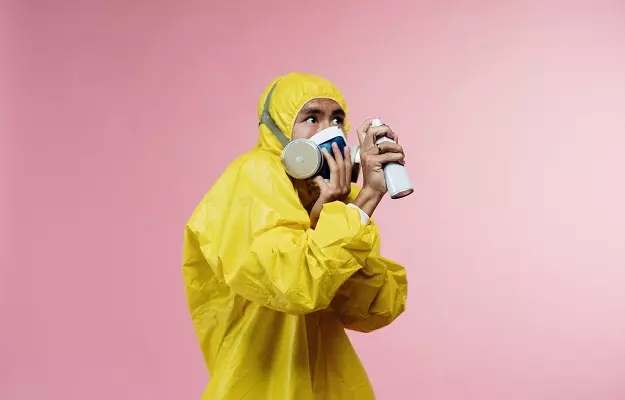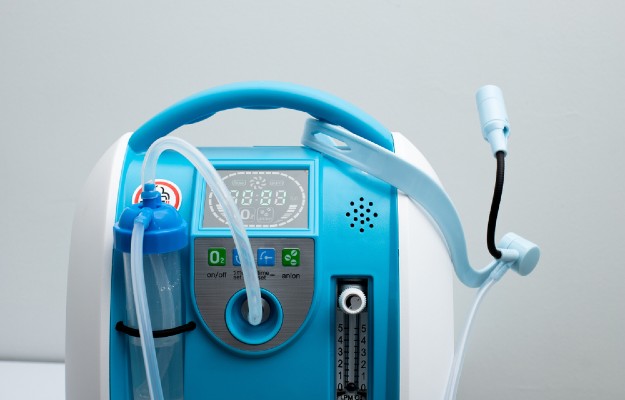The entire world is currently grappling with the COVID-19 pandemic, which originated in Wuhan, China, in December 2019 and has spread to more than 185 countries in the world as of April 2020. COVID-19 is a highly contagious viral infection caused by the SARS-CoV-2 coronavirus. The disease spreads via human-to-human droplet transmission as well as surface transmission.
The spread of COVID-19 is an unprecedented global event which has managed to test public healthcare systems across the world, but especially in developing countries. Because this is a new disease, there is a dearth of absolute knowledge about it and there is, as yet, no cure or vaccine either.
This, and the fear and anxiety generated by the disease, has led to the rise of stigma about COVID-19. This stigma has a racial context - where the Chinese as well as the people who look “Asian” are being discriminated against - as well as a health context. Both these contexts need to be addressed for the overall mental wellbeing of people around the world as well as to contain the spread of this disease.
Read more: How to deal with the anxiety of living through a pandemic
This is because stigma, though largely a social concern, has huge implications for patients, survivors, healthcare professionals and workers, and all their loved ones in the long term. Social stigma, particularly when related to an infectious disease, always leads to issues like loss of job, displacement, lack of insurance and limited healthcare - all of which have been observed in the cases of venereal diseases, leprosy, tuberculosis, and HIV/AIDS. Stigma can make containment as well as eradication of infectious diseases next to impossible, which is why stigma about COVID-19 should be dealt with with the utmost urgency.






































